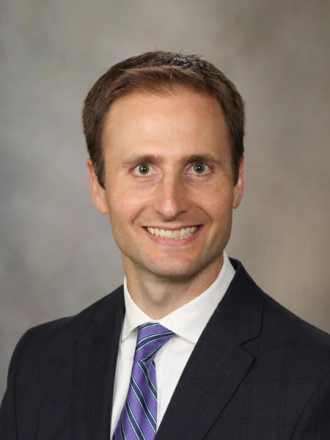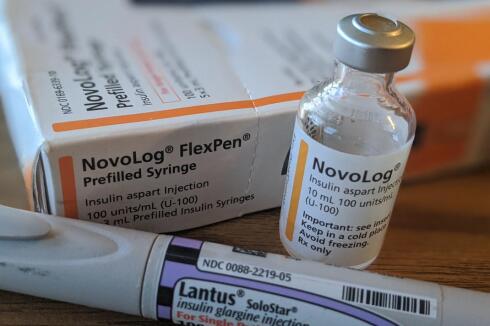ROCHESTER — Certain cases of breast cancer can be treated with less intense doses of radiation therapy over fewer days, a recently published Mayo Clinic study found.
"The standard at the time, for many of the patients we were treating, was either three to four weeks of whole-breast radiation ... or 10 days of partial breast radiation treatment," said Dr. Robert Mutter, a radiation oncologist and chair for research in Mayo Clinic's radiation oncology department.
ADVERTISEMENT
Instead, participants in this study — who were treated between 2015 and 2017 — received their radiation treatment over the course of three days.
As breast cancer treatment research has advanced, treatment times have shortened as clinicians try to find the optimal techniques and doses of radiation for treatment. In some studies, though, Mutter said he noticed that there was "a surprisingly high amount of toxicity" from the amount of radiation used.
"My sense when I was designing our trial was that the regimen they were using, the dose was too high, it was too intense," Mutter said.

So, Mutter and his colleagues tried a less intense, three-day course of radiation treatment with 161 patients who had already had a lumpectomy. Some of them received traditional X-ray, or photon, radiation, while others underwent proton beam therapy. Another portion of patients received brachytherapy, where the radiation is given internally.
"We actually have a radioactive source that gets put into the breast for a brief period of time to give off a cloud of radiation," Mutter said.
The shortened treatment course, researchers found, came with excellent disease control, milder side effects and better aesthetic impacts on the breast (radiation treatment can affect how the breast looks). It also reduces costs to the health care system, Mutter said.
"We showed that as well in the paper — compared to the standard of care at the time, we were able to reduce cost," he said.
ADVERTISEMENT
A shorter course of treatment could mean fewer disruptions to patients' lives, work schedules and caregiving responsibilities. This is especially relevant to patients who travel to Mayo Clinic, like Donna Enfield, who lives in the Bemidji area. She was diagnosed with breast cancer in July following a routine mammogram screening and decided to undergo treatment at Mayo Clinic.
"I really appreciate the fact that Mayo has tried very hard to always get my appointments clustered together, either on the same day or within a couple of days," Enfield said. "It's much more convenient when I go down."
Since her diagnosis, Enfield has made four trips to Rochester, a five-hour drive each way. When it was time for radiation, Enfield underwent proton beam therapy over the course of three days.
"My malignancy is on the left side, so underneath the breast, then, is not only the lungs, but the heart," Enfield said. "It was really important to me to be able to do the targeted chemotherapy ... so that I don't end up with a secondary cancer later on."
Afterward, Enfield said she didn't experience any skin irritation around the treatment site or fatigue, common side effects of radiation. Her treatment continues with hormone therapy medication.
"It's less disruptive to my life to be able to just go down once, get everything done and come back home," said Enfield, who works and is also a caregiver for her 86-year-old father.
The three-day treatment course is the clinical standard of care at Mayo Clinic, Mutter said, for certain patients.
ADVERTISEMENT
"It will be important for other institutions to be able to replicate the findings," he said.













